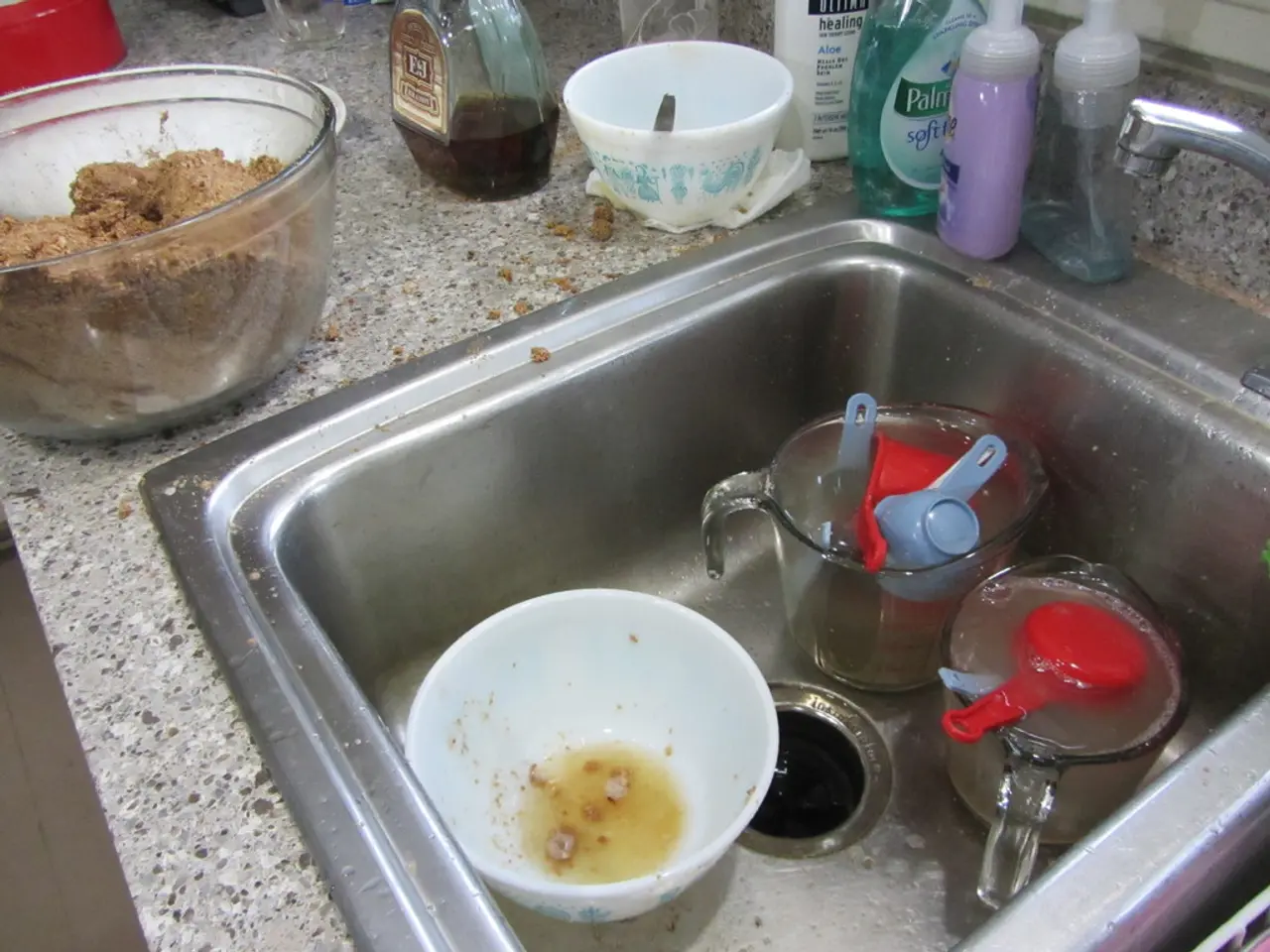Calculating PASI Scores: A Comprehensive Guide
The Psoriasis Area and Severity Index (PASI) is a widely accepted and standardized method used by dermatologists to quantify the severity of psoriasis. This score provides a comprehensive evaluation of the redness, thickness, and scaling of psoriasis plaques across four body regions: head, upper limbs, trunk, and lower limbs.
To calculate the PASI score, doctors follow a structured process. First, they evaluate the intensity of redness, thickness, and scaling in each body region on a 0–4 scale. Next, they estimate the affected area as a percentage and translate it into a 0–6 score, representing the percentage of involvement. The intensities and affected areas are then multiplied to yield a total score for each region.
The scores for each region are weighted according to their body surface area proportions: head (0.1), upper limbs (0.2), trunk (0.3), and lower limbs (0.4). The weighted scores from all four regions are summed to obtain the overall PASI score, which ranges from 0 (no disease) to 72 (maximal disease severity).
The benefits of using the PASI score include its sensitivity to changes over time, making it useful in clinical trials to assess treatment efficacy. For example, PASI 75 or PASI 90 represents 75% or 90% improvement respectively, providing a clear benchmark for treatment success. Additionally, the PASI score captures both the extent and intensity of psoriasis manifestations across different body regions.
However, the PASI score does have some shortcomings. It has limited granularity for sensitive areas such as nails, scalp, and genitalia, which may significantly impact quality of life but are under-represented in the total score. Furthermore, the PASI score requires training and experience, and can be complex and time-consuming to calculate in routine practice. It might not fully reflect patient-reported burden or functional impairment, necessitating complementary measures like the Nail Psoriasis Severity Index (NAPSI) or patient-reported outcomes. Lastly, the PASI score can be less precise in localized psoriasis with low body surface area involvement but significant symptomatic distress.
Despite these shortcomings, the PASI score remains the gold standard in assessing psoriasis severity and treatment response, especially in clinical trials and formal evaluations. In practice, it is often combined with other tools and clinical judgment to fully capture disease impact in all patients and body areas.
With over 8 million people in the United States affected by psoriasis, the PASI score plays a crucial role in guiding treatment decisions and developing and testing psoriasis medications. By monitoring the progression of psoriasis and evaluating the effectiveness of treatment, dermatologists can help improve the quality of life for those living with this condition.
- Besides psoriasis, chronic diseases like chronic kidney disease also require attention in health-and-wellness discussions, as they can significantly impact one's life.
- The PASI score, while effective in quantifying the severity of psoriasis, lacks granularity for certain sensitive areas like nails, scalp, and genitalia, which may adversely affect mental-health and overall quality of life.
- In addition to science and medical-conditions like psoriasis, mental-health and skin-care are equally important aspects of health-and-wellness, as they encompass multiple dimensions of well-being.
- Incorporating tools such as the PASI score, the Nail Psoriasis Severity Index (NAPSI), and patient-reported outcomes can provide a holistic approach to assessing and managing chronic diseases like psoriasis, contributing to better health outcomes for patients.




